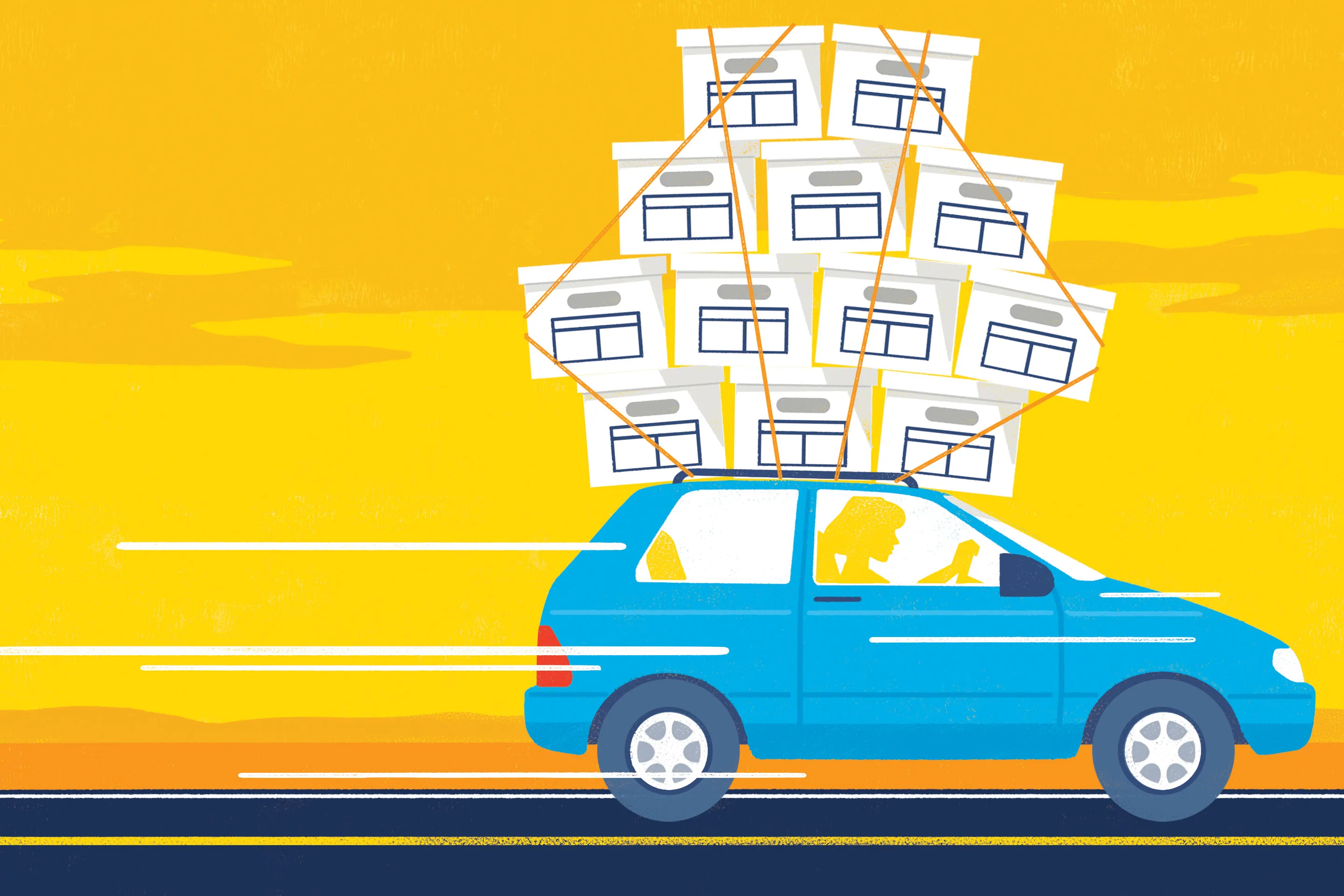
Savings can help meet unexpected expenses, fund short-term spending goals and protect against unanticipated life events. At the same time, leaving too much of your money uninvested can jeopardize long-term financial goals like retirement. Set a goal to be more intentional with your savings by getting clear on your savings goals, ensuring your savings earn a competitive return and putting excess cash to work for your long-term financial goals.
Set savings goals
To determine your personal savings goals, consider your ability to withstand savings shocks and potential income loss, as well as any short-term spending goals such as buying a car or taking a vacation.
- Step 1: Start by ensuring you have a buffer for unexpected expenses. Aim to have at least $2,000 or about half a month’s household expenses, whichever is greater, set aside in a cash savings account. If you’ve navigated any changes in the last year that impact your income or spending, it’s also worthwhile to revisit that emergency savings goal.
- Step 2: You might also have additional short-term financial goals. Perhaps you’re planning a home renovation or saving up for a wedding. Money to fund these goals that are a year or two away probably shouldn’t be exposed to much risk of loss and may be best kept in a cash savings account.
- Step 3: Think about building a more substantial financial safety net that can cover three-to-six months of living expenses. This fund will help you manage financial disruptions, such as job loss or other longer-term income interruptions. This fund might also be used to help with longer-term goals like retirement savings, but such money, however it is invested, should be easily accessible if needed to bridge periods of income loss. Certain accounts like a 401(k) or traditional IRA with limited ability for early withdrawals likely won’t be the best homes for these funds.
Get specific about why you’re saving and create an action plan. Start small and build. Saving something is better than not saving at all, especially when saving in an account with a competitive yield. Yield, or annual competitive yield (APY), indicates how much interest or return you can expect to earn on your savings in a given account over a year. Put simply, the higher the APY, the more your savings can grow.

Earn what you deserve
Many Americans aren’t getting the return they deserve on their savings. Whether you’re just starting to set aside funds for an emergency or you already have substantial cash saved, make sure you know how much that cash is “earning.” Saving with intention means selecting the best savings vehicle for your personal savings goals. Consider whether you value FDIC insurance, ease of money movement or if you’re simply looking for the highest return on your savings.
Letting your money sit in an average bank savings account might mean your money doesn’t have much chance to grow. The average bank savings account yield as of Dec. 16, 2024, was 0.42% according to the FDIC National Rate and Rate Caps. That means for each $100 you save you’ll earn 42 cents annually. Compare this to a higher yielding account like Vanguard’s Cash Plus Account, which offers a sweep program currently yielding 3.65% APY effective Jan. 6, 2025. – BPT
The cash you keep easily accessible does not need to sit idly on the sidelines. It can work for you in a high-yielding account. Keeping your hard-earned money in a low-yielding account could mean leaving money for short- and long-term goals on the table.
Build on your savings foundation
A well-funded emergency savings account can prevent you from taking on high-interest debt, tapping into a retirement account or turning to other sources that could slow your long-term financial progress.
While crucial for funding short-term financial goals, an intentional savings plan can also create the foundation for a longer-term financial plan. Once you have a solid savings plan in place, consider whether you can move excess cash — beyond the amount needed to meet your identified savings goals — into higher-earning-potential asset classes like stocks and bonds for long-term goals like retirement.
When you’re intentional about your savings goal and seeking out the best home for your savings, even the cash you choose to keep more readily accessible, outside of stock and bond investments, has the opportunity to grow.
Whether your savings goal is to start your first rainy-day fund or shop around for higher returns on your well-funded piggybank, ensure you have clear goals and a plan for reaching them.
All investing is subject to risk, including the possible loss of the money you invest.
Investments in bonds are subject to interest rate, credit, and inflation risk.
The APY will vary and may change at any time. APY is current as of date of publication. Current APY is available at vanguard.com.
The Vanguard Cash Plus Account is a brokerage account offered by Vanguard Brokerage Services, a division of Vanguard Marketing Corporation, member FINRA and SIPC. Under the Sweep Program, Eligible Balances swept to Program Banks are not securities: They are not covered by SIPC but are eligible for FDIC insurance, subject to applicable limits. Money market funds held in the account are not guaranteed or insured by the FDIC but are securities eligible for SIPC coverage. See the Vanguard Bank Sweep Products Terms of Use and Program Bank list on vanguard.com for more information.
There may be other differences between these products that must be considered prior to investing.
© 2025 The Vanguard Group, Inc. All rights reserved





